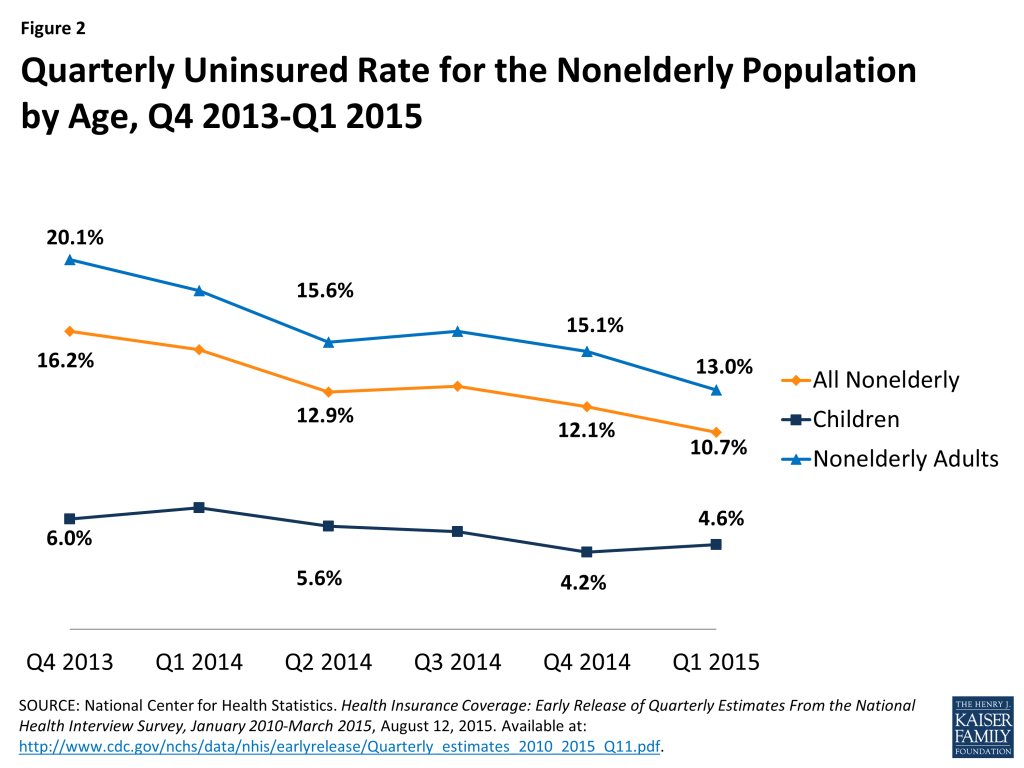Hospitals, health care systems, large multi-specialty groups – all are getting bigger by buying each other, merging, or snapping up smaller hospitals and physician practices. Providers smart/fortunate enough to be inside these mega-systems enjoy pricing power, strong brand recognition, and the negotiating leverage that goes with that.
Deal sizes are getting exponentially larger; a study by Deloitte indicates the average deal was $42 million in 2007. Six years later, the average transaction was more than 4 times larger. Two were over $4 billion, and that was way back in 2013.
Last year, 940 transactions closed at a total value of $175 billion. And it’s not just the mega-mergers that are influencing care delivery and pricing. Small, “under-the-radar” deals are proliferating as those on the outside increasingly scramble for the crumbs. Providers unable to join the big plans are pursuing out-of-network services, servicing smaller insurers, and trying to figure out how to remain viable.
Chicago is one such market; already quite consolidated, two of the largest systems, with over 6000 medical providers between them, are fighting to merge despite the Feds’ efforts to keep them apart. These mergers are increasingly coming under scrutiny from both federal and state regulators, as evidence suggests costs in “consolidated” regions are higher than in non-consolidated areas.
Meanwhile, DuPage Medical Group hasn’t been sitting by, closing 16 transactions that doubled it in size to 500 doctors. According to the NYTimes, “many of its acquisitions barely register — eight specialists last month, two small physician groups in February, a handful of doctors joining at a time. But it has been enough that DuPage now has ambitions of going national. Late last year, it teamed up with a private investment firm to provide it with $250 million for its goal.”
This is common everywhere; from Boise to St Louis to Boston to North Carolina providers are joining together, shifting the map or providers from one of thousands of tiny dots of ink to ever-growing Rorschach blotches.
What does this all mean for work comp?
Work comp is a tiny but very profitable line of business – so networks have limited bargaining power.
Prices are considerably higher in highly-consolidated regions; payers that don’t have contracts with the mega-systems must rely on non-contractual ways to address prices and utilization. This is particularly true in the South.
Where your patients get their care matters; a visit to a hospital-based provider costs about twice what the same visit to a privately-employed physician. Employer direction, soft-channelling, and variations thereof are key.
Tracking prices is key; make sure your internal analysts and external vendors are on top of the latest information on service prices.
Most importantly, factor outcomes into your evaluations. Often the lower cost provider also delivers better outcomes; less use of opioids, better surgical results, faster return to functionality.
This last is key; price is easy to track and report. Outcomes are not. Yes it’s hard; and yes it’s vital.



